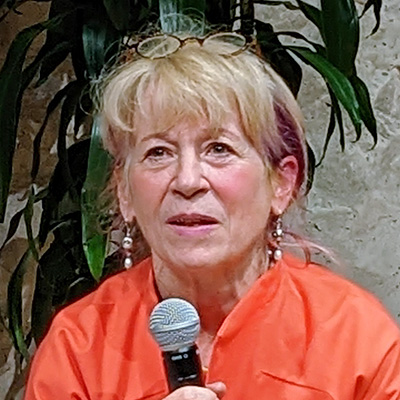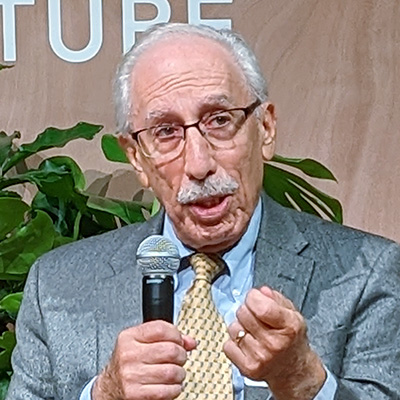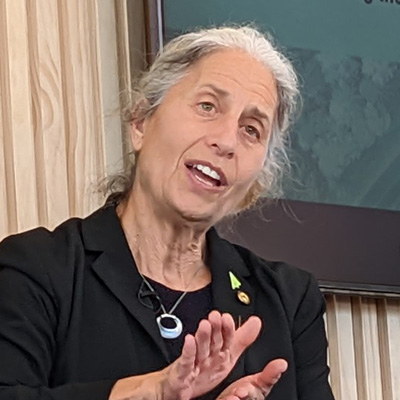Public Service Enterprise Group (NYSE:PEG) and three trade groups told the New Jersey Board of Public Utilities (BPU) on Friday that utilities should play a greater role in owning and operating storage facilities than the one allowed under a proposal by the agency.
During an over three-hour hearing into the storage plan that attracted 300 participants, PSEG pushed back on the BPU’s plans to limit utility participation in order to encourage private investment and ownership of the new facilities that the state hopes to develop as part of its plan to have 2,000 MW of storage in place by 2030.
The BPU’s proposed Storage Incentive Program (SIP), released on Sept. 29, would go to privately owned and operated storage, consistent with New Jersey’s “restructured competitive market structure.” But “there will also need to be a robust effort by EDCs [electric distribution companies] to ensure that the grid is capable of connecting storage devices at the distribution and transmission levels,” the proposal says.
“Thus, while the New Jersey SIP does not propose to allow for utility ownership or operation of devices, EDCs will play a key role in building the grid infrastructure necessary to enable the effective dispatch of energy storage devices,” it says.
“So it wouldn’t be just ‘OK, the utilities can just install and ratebase’” the development of new storage, explained Paul Heitmann, a BPU staffer who presented the proposal at the hearing.
But a PSEG representative argued that given the “urgency” of reaching the state’s goal, utilities should be able to do more under the plan.
“We believe that the board needs to use every available resource to meet this challenge,” said Kate Smith, managing counsel for PSEG’s state regulatory group. “And we respectfully suggest that the these goals may not be feasible without more participation from the EDCs and that the EDC should be a resource that should be more a part of this New Jersey SIP solution now.”
Smith said the utility believes “that we need to be more of a part of these solutions from a utility deployment standpoint.” She noted that PSEG in 2018 filed a proposal for the utility to develop 35 MW of storage. That plan, in which PSEG proposed to spend $180 million, is still pending, and the utility has agreed to put it on hold while the BPU develops its policy.
“We don’t believe that the goals expressed here, and the plan that’s put forth here, are mutually exclusive to utility investment,” Smith said. “We think that the EDCs can support and complement private investment.”
Storage is ‘Critical’
The hearing, the first of three to be held on the SIP, is part of the BPU’s effort to jumpstart the development of a storage sector after several years of inactivity. The next meetings are on Nov. 4 and 14.
The state Energy Master Plan in 2019 said the state would need 9 GW of storage capacity to manage its clean energy goals, and the state Clean Energy Act, enacted in 2018, said that the BPU should create a process for putting 600 MW of storage in place by 2021 and 2,000 MW in place by 2030. Yet the state today has only about 500 MW in place, much of which is decades old. (See NJ Lagging in Energy Storage Progress.)
The SIP sets a target of building 1,000 MW of four-hour-plus storage by 2030 and is part of a two-pronged approach to reaching the 2,000-MW goal. The remaining 1,000 MW would come from the Competitive Solar Incentive (CSI) program, which is designed to provide incentives for grid-scale solar projects, along with co-located storage. Final rules for the CSI program are expected to be released this year.
Storage is widely seen as a paramount element needed to manage electricity supply without relying on fossil fuel as intermittent renewables increasingly dominate the resource mix.
“Whether it’s the board’s energy [plan], or New Jersey’s Energy Master Plan, or any number of other pathways to 100% clean energy, energy storage is really a critical element in keeping the grid balanced and making sure that we can do the clean energy transition on time and on budget,” Abe Silverman, executive policy counsel for the BPU, told the hearing.
The BPU’s plan would provide incentives for both utility-scale and distributed projects. About 30% of the incentives would be paid to storage projects as fixed annual incentives, with a set value per kilowatt-hour of capacity. The remainder of the incentives would be paid through a “pay for performance” mechanism and tied to the environmental benefits.
Speaking at the hearing, Sarah Steindel of the New Jersey Division of Rate Counsel said the BPU needs to closely monitor the cost of the plan and look beyond ratepayers for funding, such as federal infrastructure money and private research funding.
“We need a plan for how much we’re going to spend on this, including the costs of utility infrastructure, and how much measurable non-speculative benefits we’re going to get from this,” she said. “The board’s well aware that many ratepayers are already stressed. They’re already paying for solar, offshore wind, nuclear subsidies” and electric vehicles. “And we need to think carefully about the money we’re spending and how we’re spending it.”
Seeking an Additional Utility Role
Other speakers also said they were not convinced that allowing solely private investment in storage would enable the state to reach its storage targets, and they advocated for utilities to be able to participate more.
“Given the magnitude of the state’s storage goals — in addition to efforts for electric vehicles, energy efficiency, peak demand reduction, renewable targets, and the need to ensure reliability and resiliency — EDC ownership should remain a viable option because of the expertise and knowledge the EDCs have about their unique systems,” said Christopher Wehr, staff analyst for FirstEnergy (NYSE:FE), parent of Jersey Central Power & Light. “And they’re kind of best suited to identify the areas where these strategic investments will provide the benefits to customers.”
That view was echoed by trade groups including the New Jersey Utilities Association, the New Jersey Alliance for Action and New Jersey Energy Coalition. Allison McLeod, public policy director for the New Jersey League of Conservation Voters, encouraged the BPU to look for an additional role for the utilities, saying that “their participation could be a valuable resource to the board and to the overall efforts to electrify.”
Too Little Support Early on
Other speakers focused on the allocation of incentives in the proposal.
Scott Elias, director of Mid-Atlantic state affairs for the Solar Energy Industries Association (SEIA), questioned the impact of what the SIP proposal describes as a “declining block structure” for allocating incentives. The program would set capacity blocks at a certain incentive, and once the BPU has allocated a block of incentives to storage projects, a new block would open at a lower incentive rate. BPU officials say the system would enable the agency to assess the demand for incentive’s to build storage capacity at certain rates and adjust it if there are too few applications at particular levels.
Elias said that SEIA is concerned at the “size and cadence of the capacity blocks.”
“Backloading most of the capacity to later years and later blocks means that a single grid supply project, for instance, could eat up the entire capacity” for a year, he said.
Lyle Rawlings, president of the Mid-Atlantic Solar and Storage Industries Association, said he also believes that there needs to be more incentives in the first two years of the program. In addition, his organization is concerned by the SIP’s plan to allocate incentives to develop three times as much storage from grid projects as from distributed energy projects. Given that the BPU plans to secure half of its storage development from solar-tied storage in the CSI program, which would also come from grid-scale projects, the state is giving too little focus on the distributed energy sector, Rawling said.
“There should be a much greater emphasis on distributed” energy storage, he said. With “distributed generation, there’s a lot of pent-up demand ready to go. So this can quickly be deployed to meet the goals.”





